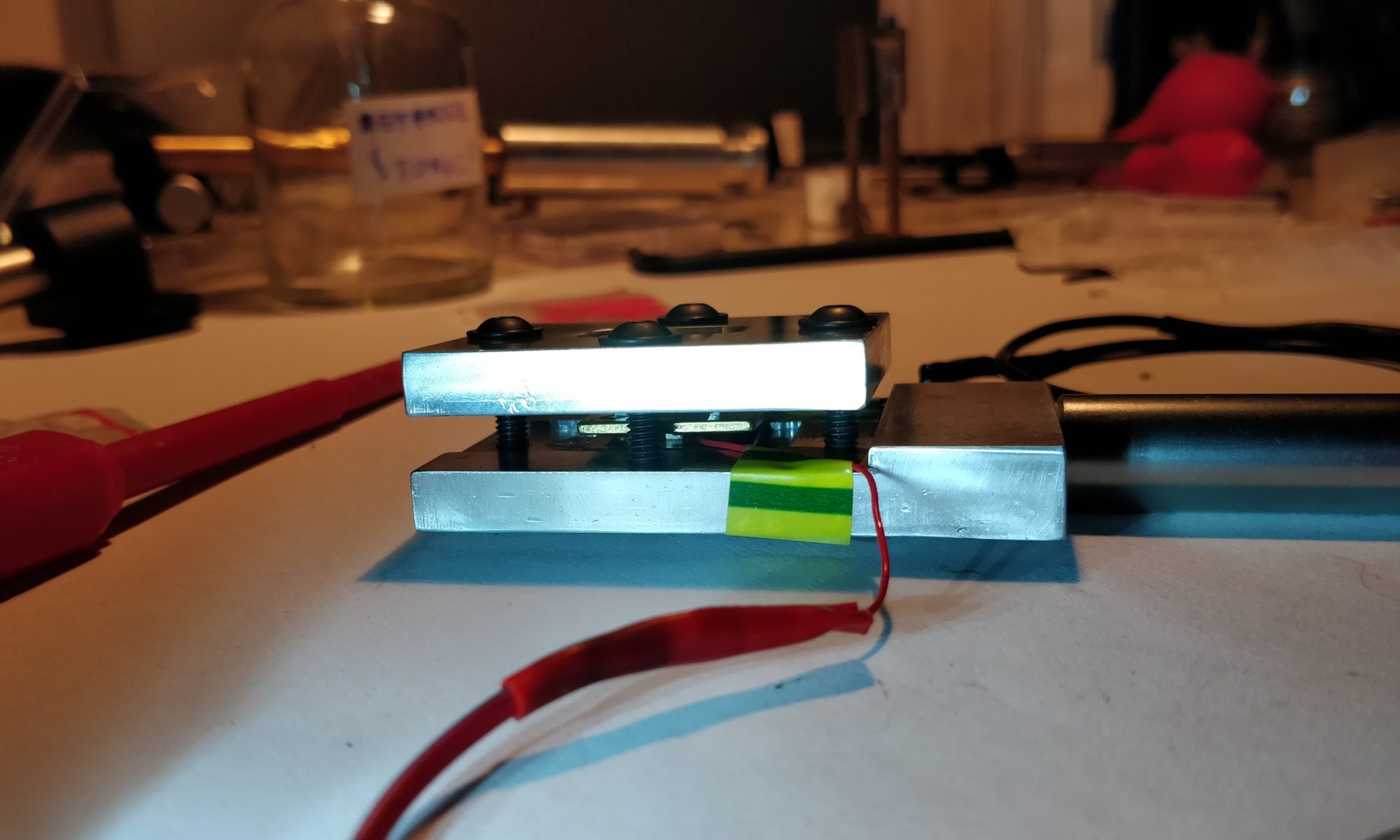Blue phase liquid crystal (BPLC) is a highly ordered liquid crystalline phase based on the structure of double twisted cylinders. Due to the three-dimensional periodicity of the defect structure, these materials show the effect of selective reflection of light and are classified as three-dimensional photonic crystals. The BPLC can be divided into three categories (BP type-I, -II and -III) which occur in a narrow temperature range and differ in the internal order of the liquid crystal molecules.
The main advantage of the BPLC is the easy tuning of optical properties with external stimuli, for example electric and magnetic fields, temperature, light or mechanical forces. Other advantages are fast-speed response, easy fabrication process and macro-optical isotropy. The use of a polymer scaffold that significantly extends temperature stability opened the way for many potential BPLC applications such as blue phase mode LCD, sensing, switching and photonic technology.
The three-dimensional photonic crystal acts as an optical cavity. By using organic (laser dyes) and inorganic (quantum dots) dopants of light emitters, we study phenomena such as lasing and diffraction of visible light (Kossel patterns) in room temperature. Our samples, which are grown in cooperation with the Military Technical Academy, contains large-scale monodomain BPLC, a unique platform adapted to our research.

